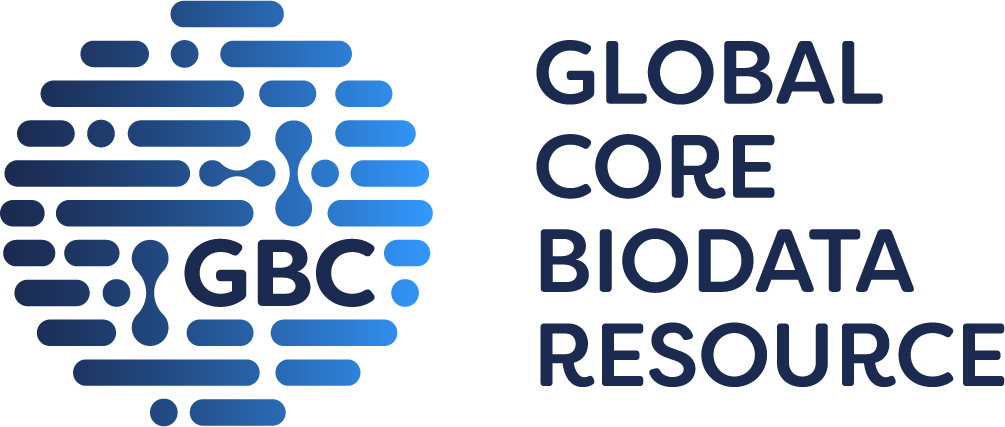
compound 21 [PMID: 23981033] [Ligand Id: 8884] activity data from GtoPdb and ChEMBL
Click here for a description of the charts and data table
Please tell us if you are using this feature and what you think!
| ChEMBL ligand: CHEMBL2419596 |
|---|
There should be some charts here, you may need to enable JavaScript!
|
There should be some charts here, you may need to enable JavaScript!
|
| DB | Assay description | Assay Type | Standard value | Standard parameter | Original value | Original units | Original parameter | Reference |
|---|---|---|---|---|---|---|---|---|
| Acetyl-CoA carboxylase 1 in Human (target type: SINGLE PROTEIN) [ChEMBL: CHEMBL3351] [GtoPdb: 1263] [UniProtKB: Q13085] | ||||||||
| ChEMBL | Inhibition Assay: Preparation of rhACC1. Two liters of SF9 cells, infected with recombinant baculovirus containing full length human ACC1 cDNA, were suspended in ice-cold lysis buffer (25 mM Tris, pH 7.5; 150 mM NaCl; 10% glycerol; 5 mM imidazole (EMD Bioscience; Gibbstown, N.J.); 2 mM TCEP (BioVectra; Charlottetown, Canada); Benzonase nuclease (10000 U/100 g cell paste; Novagen; Madison, Wis.); EDTA-free protease inhibitor cocktail (1 tab/50 mL; Roche Diagnostics; Mannheim, Germany). Cells were lysed by 3 cycles of freeze-thaw and centrifuged at 40,000xg for 40 minutes (4 C.). Supernatant was directly loaded onto a HisTrap FF crude column (GE Healthcare; Piscataway, N.J.) and eluted with an imidazole gradient up to 0.5 M over 20 column volumes (CV). ACC1-containing fractions were pooled and diluted 1:5 with 25 mM Tris, pH 7.5, 2 mM TCEP, 10% glycerol and direct loaded onto a CaptoQ (GE Healthcare) column and eluted with an NaCl gradient up to 1 M over 20 CV's. | B | 7.7 | pIC50 | 20 | nM | IC50 | US-8993586-B2. N1/N2-lactam acetyl-CoA carboxylase inhibitors (2015) |
| GtoPdb | - | - | 8 | pIC50 | 10 | nM | IC50 | J Med Chem (2013) 56: 7110-9 [PMID:23981033] |
| ChEMBL | Inhibition of human ACC1 using acetyl-CoA as substrate assessed as [14C]malonyl-CoA synthesis preincubated for 10 mins prior to substrate addition measured after 20 mins by liquid scintillation counting analysis in presence of NaH[14C]O3 | B | 8 | pIC50 | 10 | nM | IC50 | J Med Chem (2013) 56: 7110-7119 [PMID:23981033] |
| Acetyl-CoA carboxylase 2 in Human (target type: SINGLE PROTEIN) [ChEMBL: CHEMBL4829] [GtoPdb: 1264] [UniProtKB: O00763] | ||||||||
| ChEMBL | Inhibition Assay: Preparation of rhACC2. Human ACC2 inhibition was measured using purified recombinant human ACC2 (hrACC2). Briefly, a full length Cytomax clone of ACC2 was purchased from Cambridge Bioscience Limited and was sequenced and subcloned into PCDNA5 FRT TO-TOPO (Invitrogen, Carlsbad, Calif.). The ACC2 was expressed in CHO cells by tetracycline induction and harvested in 5 liters of DMEM/F12 with glutamine, biotin, hygromycin and blasticidin with 1 ug/mL tetracycline (Invitrogen, Carlsbad, Calif.). The conditioned medium containing ACC2 was then applied to a Softlink Soft Release Avidin column (Promega, Madison, Wis.) and eluted with 5 mM biotin. 4 mgs of ACC2 were eluted at a concentration of 0.05 mg/mL (determined by A280) with an estimated purity of 95% (determined by A280). The purified ACC2 was dialyzed in 50 mM Tris, 200 mM NaCl, 4 mM DTT, 2 mM EDTA, and 5% glycerol. The pooled protein was frozen and stored at -80 C., with no loss of activity upon thawing. | B | 8.28 | pIC50 | 5.2 | nM | IC50 | US-8993586-B2. N1/N2-lactam acetyl-CoA carboxylase inhibitors (2015) |
| ChEMBL | Inhibition of human ACC2 using acetyl-CoA as substrate assessed as [14C]malonyl-CoA synthesis preincubated for 10 mins prior to substrate addition measured after 20 mins by liquid scintillation counting analysis in presence of NaH[14C]O3 | B | 8.4 | pIC50 | 4 | nM | IC50 | J Med Chem (2013) 56: 7110-7119 [PMID:23981033] |
| GtoPdb | - | - | 8.4 | pIC50 | 4 | nM | IC50 | J Med Chem (2013) 56: 7110-9 [PMID:23981033] |
ChEMBL data shown on this page come from version 35:
Zdrazil B, Felix E, Hunter F, Manners EJ, Blackshaw J, Corbett S, de Veij M, Ioannidis H, Lopez DM, Mosquera JF, Magarinos MP, Bosc N, Arcila R, Kizilören T, Gaulton A, Bento AP, Adasme MF, Monecke P, Landrum GA, Leach AR. (2024). The ChEMBL Database in 2023: a drug discovery platform spanning multiple bioactivity data types and time periods. Nucleic Acids Res., 52(D1). DOI: 10.1093/nar/gkad1004. [EPMCID:10767899] [PMID:37933841]
Davies M, Nowotka M, Papadatos G, Dedman N, Gaulton A, Atkinson F, Bellis L, Overington JP. (2015) 'ChEMBL web services: streamlining access to drug discovery data and utilities.' Nucleic Acids Res., 43(W1). DOI: 10.1093/nar/gkv352. [EPMCID:25883136]







